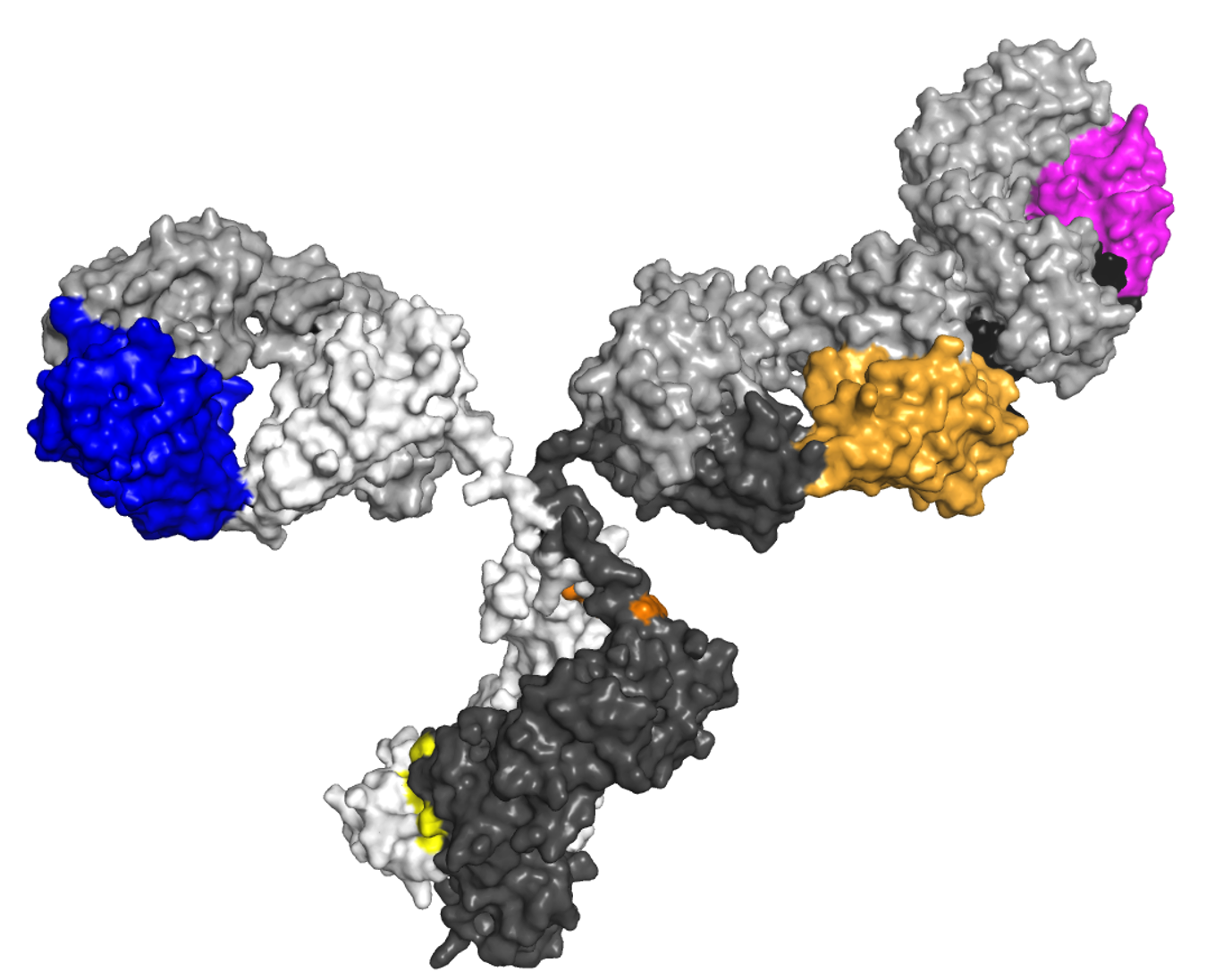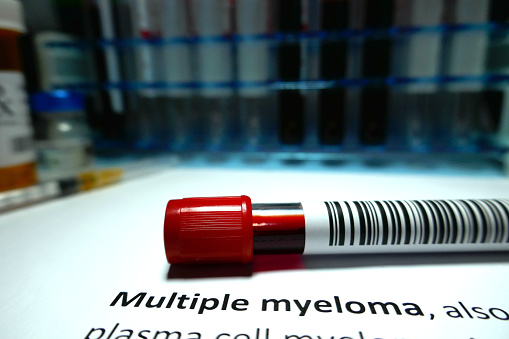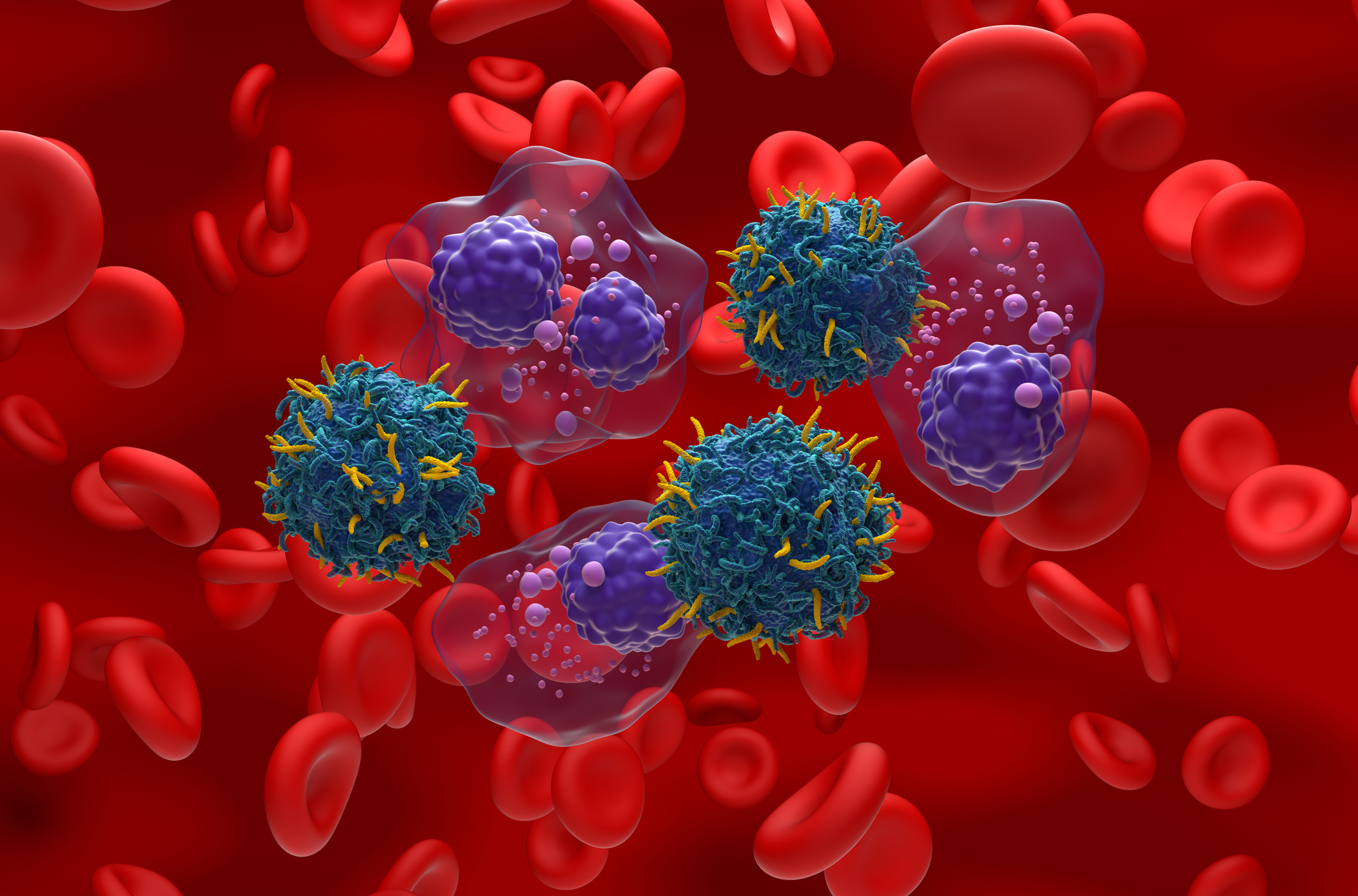
The addition of subcutaneous daratumumab to bortezomib, lenalidomide, and dexamethasone increased progression-free survival (PFS) in patients with newly diagnosed multiple myeloma (MM), according to a recent study.
The phase III PERSEUS trial was led by Pieter Sonneveld, MD, PhD, of Erasmus University Medical Center in Rotterdam, Netherlands, and published in The New England Journal of Medicine.
A total of 709 transplantation-eligible patients were randomly assigned into two treatment groups. The first group received subcutaneous daratumumab combined with bortezomib, lenalidomide, and dexamethasone induction and consolidation therapy, along with lenalidomide maintenance therapy. The second group received bortezomib, lenalidomide, and dexamethasone induction and consolidation therapy, and lenalidomide maintenance therapy alone.
At a median follow-up of 47.5 months, the PFS was 84.3% in the daratumumab, bortezomib, lenalidomide, and dexamethasone group, compared with 67.7% in the bortezomib, lenalidomide, and dexamethasone group (P<0.001). The complete response rates were 87.9% in the daratumumab, bortezomib, lenalidomide, and dexamethasone group, compared with 70.1% in the bortezomib, lenalidomide, and dexamethasone group (P<0.001).
A higher percentage of patients receiving daratumumab achieved negative measurable residual disease compared with patients who did not receive daratumumab (75.2% vs 47.5%, respectively; P<0.001).
Grade 3 or 4 adverse events occurred in both groups, most commonly neutropenia and thrombocytopenia. Death occurred in 34 patients in the daratumumab, lenalidomide, and dexamethasone group, compared with 44 patients in the bortezomib, lenalidomide, and dexamethasone group.
Funding was provided by Janssen Research and Development.
Reference
Sonneveld P, Dimopoulos MA, Boccadoro M, et al. Daratumumab, bortezomib, lenalidomide, and dexamethasone for multiple myeloma. N Engl J Med. 2024. doi.org/10.1056/NEJMoa2312054






 © 2025 Mashup Media, LLC, a Formedics Property. All Rights Reserved.
© 2025 Mashup Media, LLC, a Formedics Property. All Rights Reserved.